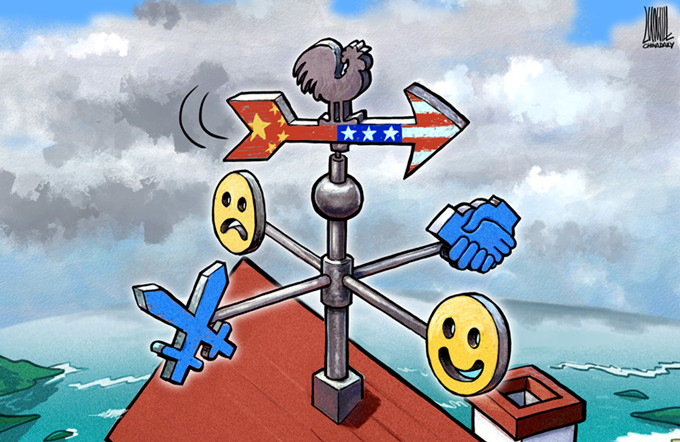Gaokao still gateway to better future
 |
|
A candidate is busy preparing for gaokao, May 23, 2016. [Photo/IC] |
Hengshui High School's attempt to export its educational ideas appears to have been given the cold shoulder in Zhejiang. A local educational official even portrayed the "Hengshui mode" as obsolete and contrary to Zhejiang's developmental education. An investigation has been launched to find out why the Hengshui campus started enrolling students months before the start of the new semester.
Famed for its success in recruiting high achievers in the college entrance examination, or gaokao, the Hengshui High School had 139 students admitted by Peking University and Tsinghua University, the two top universities in Beijing, in 2016 alone. An achievement that was second to none.
Such an achievement, however, is not without problems. The two key elements of the Hengshui mode are its semi-militarized management and cross-region recruitment. The former is often criticized as "inhumane" while the latter enables the school to search and enroll top scorers from all over Hebei province, cementing its educational monopoly at the expense of other schools.
Despite the controversy surrounding the Hengshui approach, most high school students still need decent gaokao scores to enter their dream universities, because the seemingly easier access offered by some universities' independent recruitment plans is not open to all.
The Hengshui's Zhejiang campus is thus the result of the common aim of parents to get their kids into the best universities. Parents are willing to pay about 35,000 yuan ($5,100) a year to get their children enrolled in the campus, and believe it to be money well spent. In truth a number of applicants performed well in previous tests and interviews.
The paradox is that despite its weaknesses the exam-oriented method offers gaokao candidates relatively fair access to quality higher education. Critics need not meddle with the approved operation of Hengshui's Zhejiang campus, for the root cause of its existence lies in the still unsatisfactory gaokao reform.


















